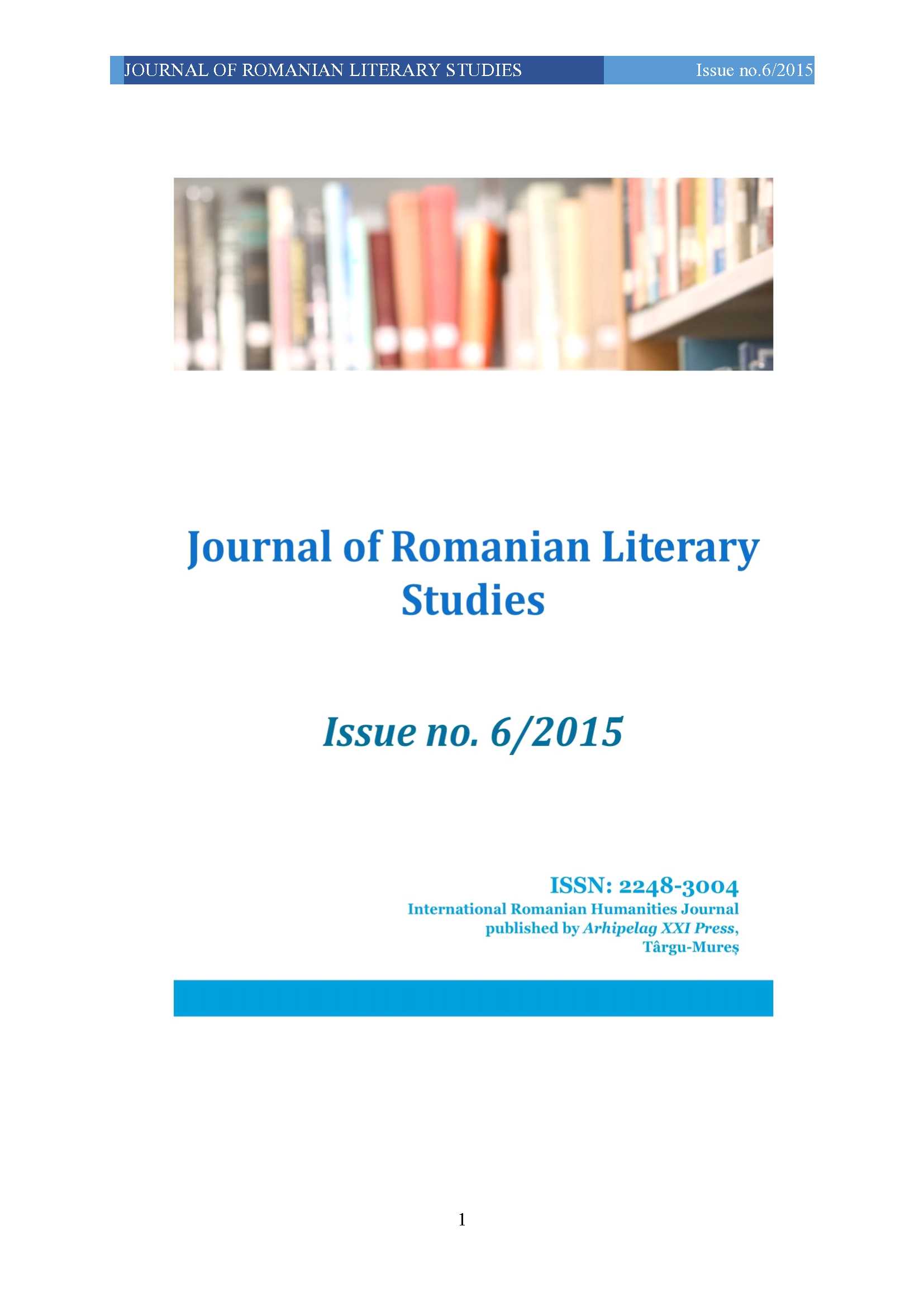RELIGIOUS FORMS GENERATED BY THE RELATIONSHIP BETWEEN EROS AND THANATOS IN CEZAR IVĂNESCU’S POETRY
RELIGIOUS FORMS GENERATED BY THE RELATIONSHIP BETWEEN EROS AND THANATOS IN CEZAR IVĂNESCU’S POETRY
Author(s): Valeria CioataSubject(s): Language and Literature Studies, Literary Texts
Published by: Editura Arhipelag XXI
Keywords: Eros; thanathos; reincarnation; Christianity; worship
Summary/Abstract: This paper investigates the way Cezar Ivanescu combines, in his poetic work, eros and thanatos: love and death. As the poet deciphers the life, he understands the complex way in which the two terms intertwine. His perspective is a unique set of values that contains paradoxical trends of thought such as: Buddhism, Christianity, reincarnation, enstasis, byzantine extasis, medieval courtship rituals, maidens, and knights, all these things coexist in an imaginary city called Baaad. The central symbol of Cezar Ivanescu`s creation is the fruit of matter. This fruit is seen as a spiralled out of control way in which matter reproduces perpetuating the cycle of reincarnation. The image of the sacred is complex. One of the images of the sacred in Cezar Ivanescu`s poems is that of the Virgin Mary. Her image contains elements of sanctity and elements of sensuality. She is seen as a proud maiden and capricious lover. The poet places himself at her feet in a gesture of adoration, worship combined with sensual love. He is completely dependent on her gestures. In other texts the poet creates the image of his wife compared with Rachel from the Book of Genesis in the Bible. This image overlaps the image created by the Christian poet Tertullian in the poem Ad uxorem (To my wife). The poet`s desire is to capture the complexity of life in all its glory mixing love with life and death and with many belief systems.
Journal: Journal of Romanian Literary Studies
- Issue Year: 2015
- Issue No: 06
- Page Range: 724-729
- Page Count: 6
- Language: Romanian

